The Tirpitz was the second of the legendary Bismarck-class of battleships, assembled after her sister the Bismarck between 1936 and 1941.
These two ships were built in response to the French Richelieu-class battleships laid down in 1935, and would be the largest and heaviest ships built for the Kriegsmarine. The Tirpitz was 2000 tons heavier than the Bismarck due to later modifications, and is the heaviest battleship ever built by a European navy.
At the time, battleships built from nations who signed the Washington Naval Treaty were limited to a weight of 39,000 tons, but both the Bismarck and Tirpitz exceeded this limit in secret, eventually weighing well over 45,000 tons.
She was 251 metres to long, in part to increase her speed with a more efficient length-beam ratio. Additionally, she was powered by a 160,793 shp Brown, Boveri & Cie geared steam turbine triple screw propulsion system, giving her a top speed of 30.8 knots (35.4 mph).

Protecting her from incoming fire was 360 mm of steel on her gun turret fronts, 220 mm on the turret sides, 320 mm over her main belt, and two armored decks 50 mm and 100 mm thick.
Offensive armament consisted of eight 380 mm (15 inch) main guns located in four superfiring turrets (one above and behind the other, to allow both turrets to engage targets in the same direction). She also carried twelve 150 mm (5.9 inch) guns, sixteen 105 mm (4.1 inch) guns plus a combination of twenty-eight 37 mm and 20 mm anti-aircraft guns.
Operating this enormous ship during wartime was 108 officers and 2,500 men.
She was laid down in 1936 at the Kriegsmarinewerft shipyard in Wilhelmshaven, and work on her hull would finish in 1939. Her launch was celebrated with an extravagant ceremony, with even Adolf Hitler attending. Fitting out was completed by February 1941. The entire time she was under construction, the ship and shipyard were under constant harassment from British bombers, although none managed to damage her.
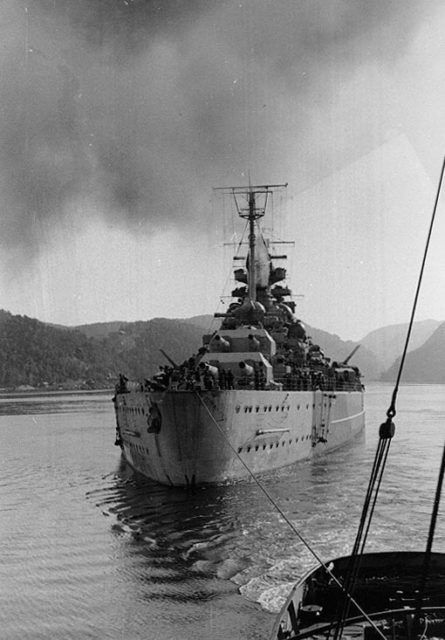
For a ship with the prestige of the Tirpitz, it had a rather uninteresting career. After the loss of the Bismarck in the Atlantic in 1941, Hitler denied the Tirpitz access to this dangerous location, fearing the loss of his now single Bismarck-class battleship remaining.
With this in mind, the Tirpitz was sent to Norway, with hopes it could attack shipping to and from the Soviet Union, while maintaining a strong presence in the area to keep the Royal Navy out of Norway. The ships journey from Wilhelmshaven to Norway was discovered by the British, who cracked the German Enigma codes, but bad weather prevented any action.
The mighty battleship then took refuge in the Fættenfjord in Norway, and moored up by a cliff to give some protection from aerial attack. She would remain moored in Norweigan fjords for most of the war, rarely venturing out due to the risk of being sunk, earning her the name the “Lonely Queen of the North”. Life for the crew was mundane, with fuel shortages limiting training exercises, reducing daily activities mostly to cleaning and sports.
A notable engagement by the Tirpitz was the attack on Spitsbergen, a remote British-held weather station and refuelling base. Tirpitz, along with the battlecruiser Scharnhorst and ten destroyers attacked the base, with Tirpitz firing her 15 inch main batteries at an enemy surface target for the first and only time.
Throughout her career, she was under constant attack from British aircraft in missions such as Operation Tungsten, Operation Goodwood, which hit the ship but failed to inflict any serious damage. During the attacks, the ship replied with a relentless amount of anti-aircraft fire, bringing down many aircraft. Even the 15 inch main guns were used against aircraft, firing fragmentation rounds.
Operation Paravane, which began on 15 September 1944. This time the British brought along Tall Boy bombs, 12,000 lb hardened bombs designed to penetrate deep into the ground to destroy bunkers with an earthquake-inducing shockwave. One Tall Boy hit the Tirpitz’ bow, piercing all the way through the ship, exiting the keel and detonating on the floor of the fjord. This severely damaged the Tirpitz, and relegated it to a floating gun battery. A sandbank was desperately formed below her to keep her from sinking.
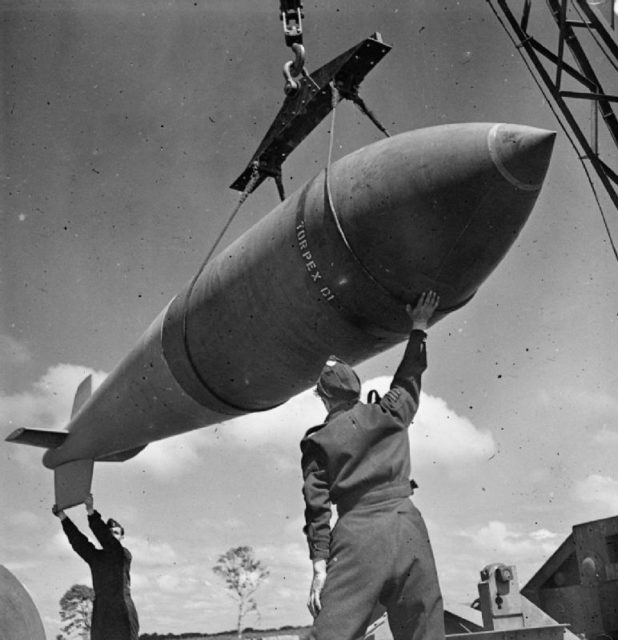
These attacks culminated in Operation Catechism on 12 November 1944. 32 Lancasters from Nos. 9 and 617 Squadrons attacked the Tirpitz, dropping 29 Tall Boy bombs. Two to three of these hit the ship, with one penetrating between her front turrets but failing to explode, while another pierced amidships, blowing a hole through her belt-line armor and through the bottom.
A third bomb potentially glanced off one of her rear turrets. Many of the other Tall Boys missed, but exploded on the fjord floor, excavating much of the sandbank keeping Tirpitz from sinking.
Within minutes the Tirpitz began listing heavily to port and the order to abandon ship was given, before an enormous explosion launched one of her rear turrets clean into the air, landing and killing sailors swimming to shore. The ship eventually rolled over, exposing her keel to the air, where she lay until the 1950s, when she was cut up and removed from the fjord.
The destruction of the Tirpitz caused the deaths of between 900 and 1,200 men.
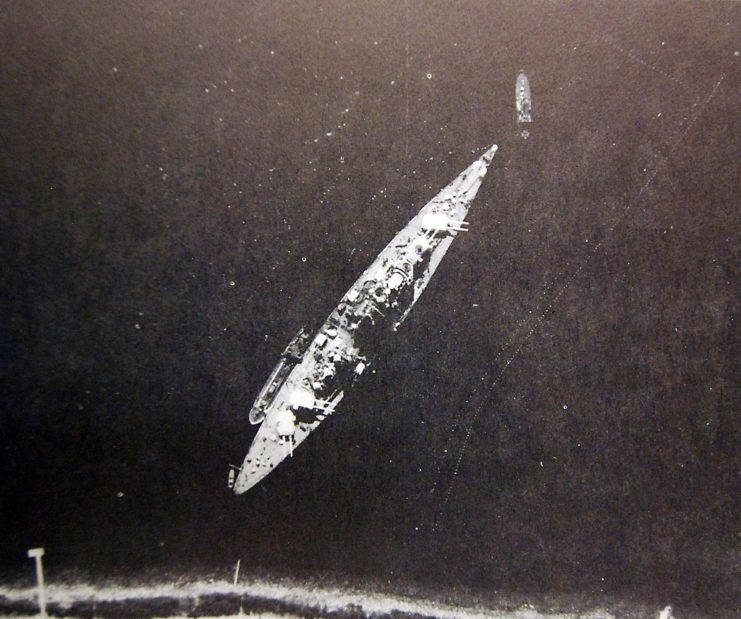
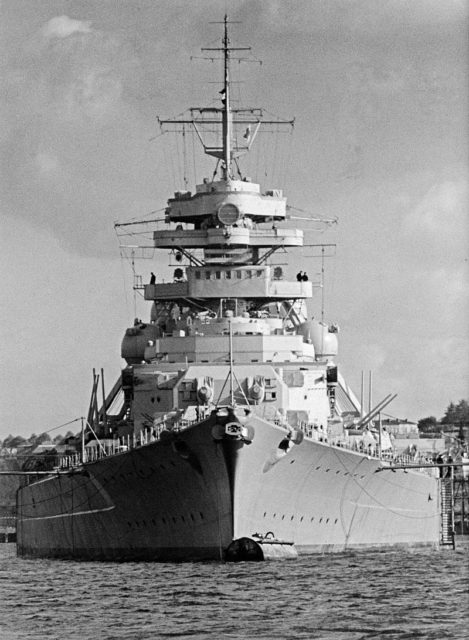


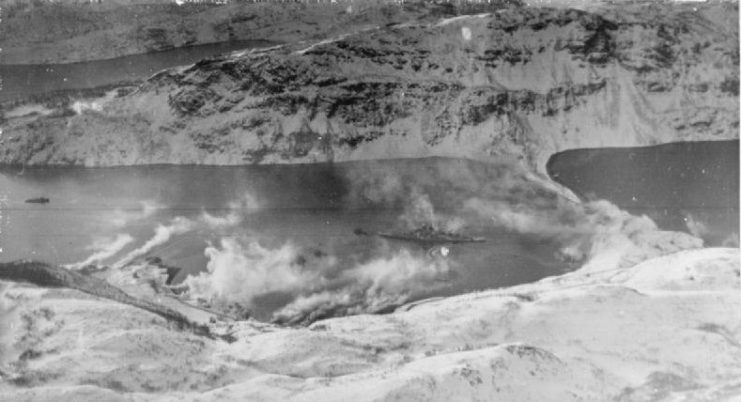

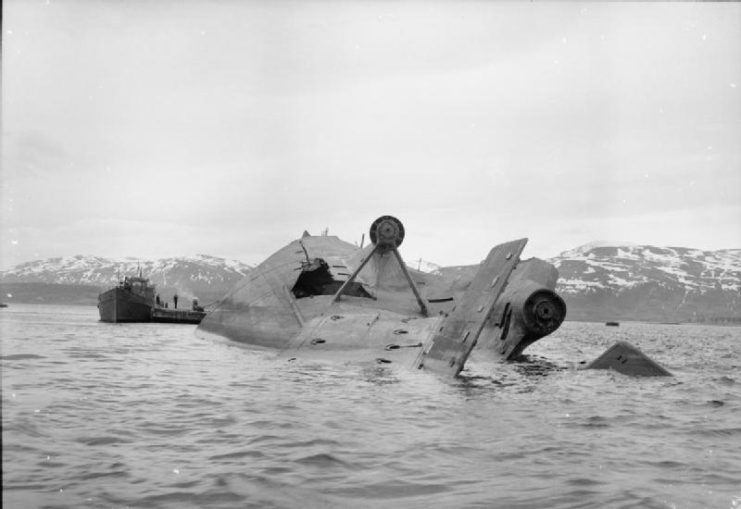


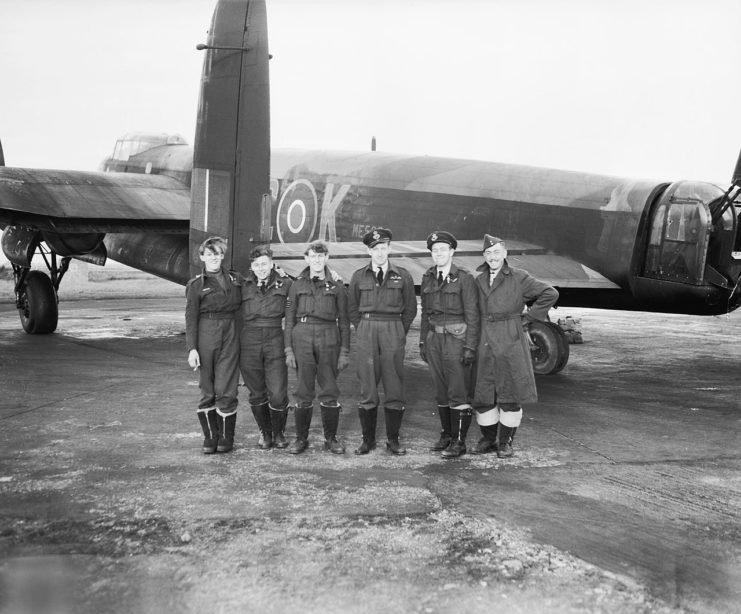

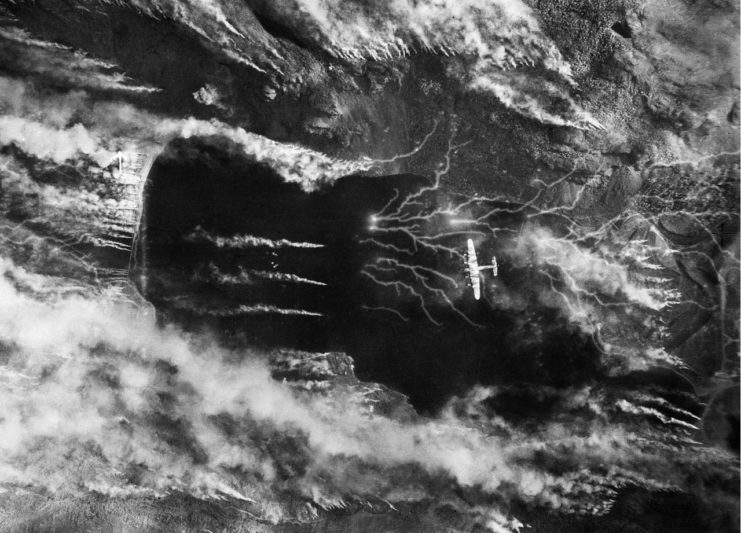
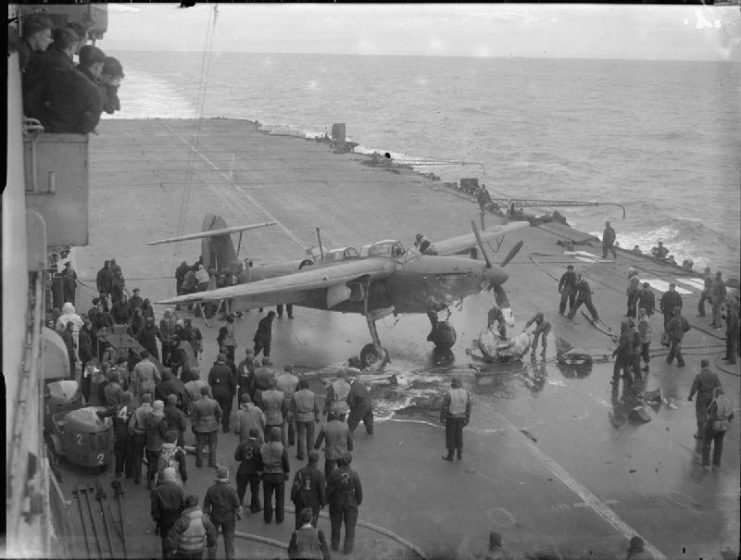

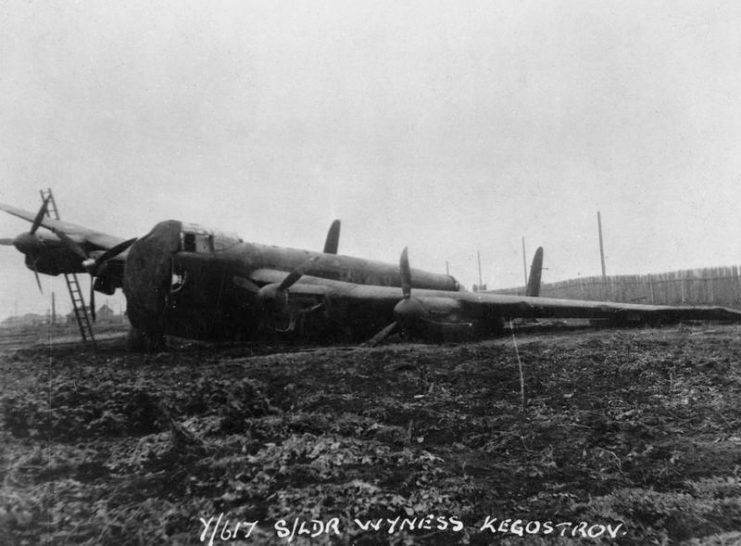

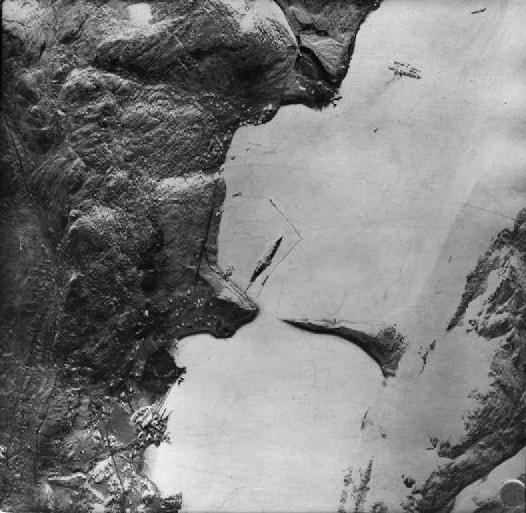
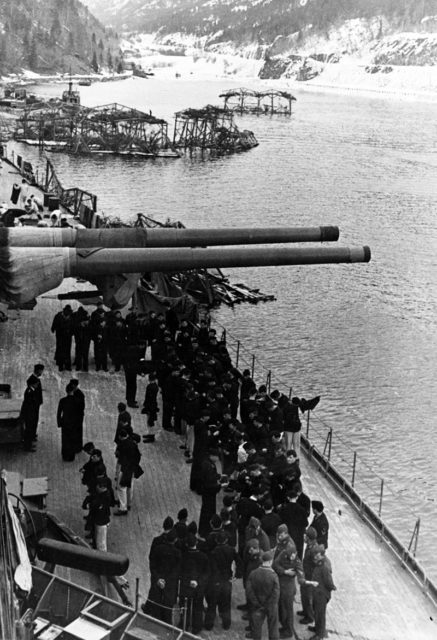
Another Article From Us: Jewish Man Bequeaths 2 Million Euros to French Village That Hid His Family During the Holocaust

